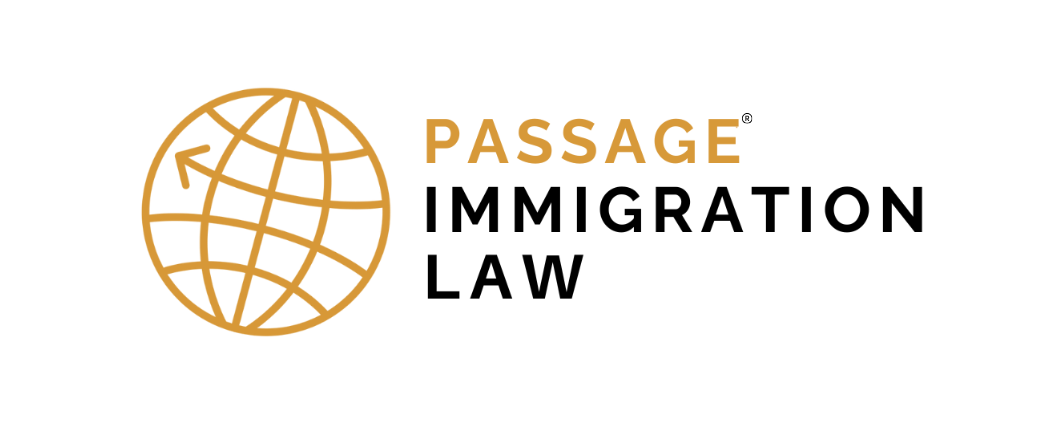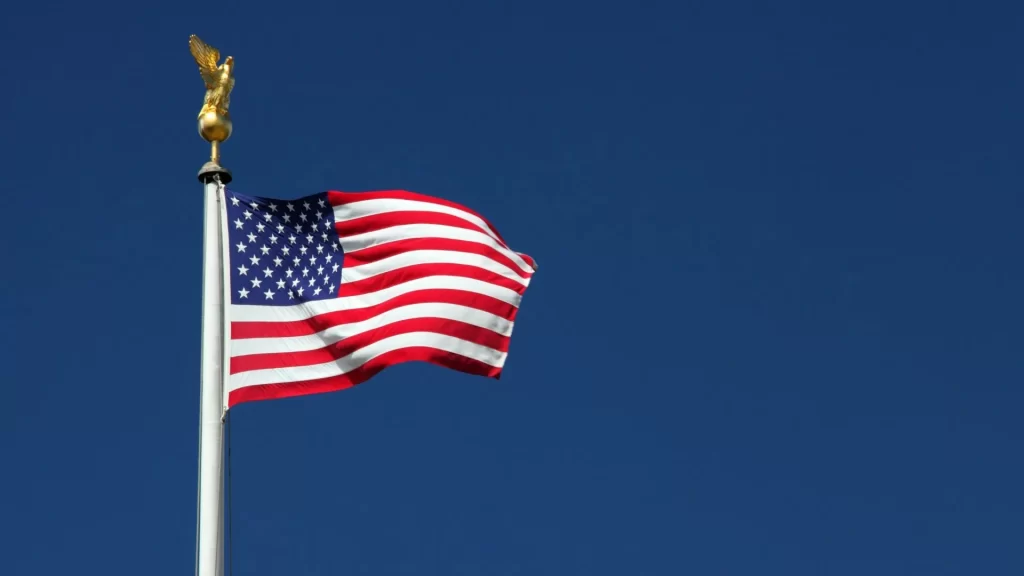What is an H-1B Visa?
The H-1B visa is specifically designed for individuals employed by a U.S. employer in a “speciality occupation,” a role that necessitates both the theoretical and practical application of highly specialized knowledge, requiring at least a bachelor’s degree or its equivalent for entry. This visa category includes a diverse array of professions such as architecture, engineering, mathematics, physical sciences, social sciences, medicine, education, business specialities, law, theology, and the arts. It highlights the visa’s flexibility in supporting the business on H1B visa endeavours and the breadth of speciality occupations for H-1B visas, underscoring the significance of H1-B stamping in the USA for professionals in these fields.
How Can I Qualify for an H-1B Visa?

To be eligible for an H-1B visa, you must possess a bachelor’s degree or its equivalent from an accredited institution in the field of the speciality occupation you’re offered. For degrees obtained outside the U.S., equivalency to a U.S. bachelor’s degree or higher is determined through a credential evaluation, addressing h1b visa qualifications. In instances where formal education is lacking, h1b dependent individuals can still qualify by demonstrating years of progressive experience or specialized training in the relevant speciality, with USCIS deeming three years of such experience equivalent to one year of a college education. This process ensures applicants meet the h1b employer requirements and adhere to employer requirements for h1b. Additionally, certain professions may require holding an unrestricted license or certification, essential for those seeking to practice their profession under the H-1B visa and navigate the h1b process successfully.
Guide to Applying for an H-1B Visa and Understanding Stay Duration
How Do I Apply for an H-1B visa?
The journey toward obtaining an H-1B visa starts when a U.S. employer decides to hire a foreign national for a speciality occupation and submits a Labor Condition Application (LCA) to the U.S. Department of Labor. This critical step ensures that the H-1B worker will be compensated at least the prevailing wage or the actual wage paid to similar U.S. workers, addressing h1b employer requirements and h1b company requirements. Once the LCA is certified, the next step involves the employer filing an H-1B petition with USCIS, accompanied by all necessary supporting evidence. The process is highly competitive due to the H-1B cap, a yearly limit on the number of visas available, necessitating submissions by April 1 for an October 1 employment start date. The popularity of the H-1B visa often leads to a lottery, managed by USCIS, to randomly select which petitions will be processed. However, cap-exempt employers, like institutions of higher education, non-profit research organizations, and government research organizations, can file an H-1B petition at any time, bypassing the cap and facilitating h1b dependent employment and h1b visa business activities year-round.
An hb1 allows for an initial stay of up to three years, which can be extended to a maximum of six years, highlighting the h1b temporary worker status’s time-bound nature. Suppose an individual has already utilized a full six-year period. In that case, they must leave the U.S. for at least one year before reapplying for another H-1B visa, unless they qualify for exceptions. These exceptions include scenarios where a labor certification or an employment-based immigrant visa petition has been filed on the individual’s behalf more than one year before they reach their six-year limit, essential for those planning to extend their employment in the U.S. beyond the standard H-1B visa duration. This emphasizes the importance of understanding h1b visa extension strategies and requirements for h1b visa employers, ensuring temporary workers and their employers can understand the ins and outs of H-1B visa regulations effectively.
Can I Change Jobs or Work for Multiple Employers?

H-1B visas are tied to the employer who petitions on your behalf, making them employer-specific. However, transitioning to a new job or employer is possible through a new H-1B visa petition filed by the prospective employer. This flexibility allows for career growth without being confined to the original position’s title or salary, ensuring compliance with H-1B requirements. Importantly, once you change employers under the H-1B visa, you’re exempt from the H-1B cap, allowing for petitions at any point during the year. You’re eligible to commence work with the new employer upon USCIS receiving the petition, streamlining the transition process. Additionally, for those looking to juggle multiple roles, filing a concurrent H-1B visa petition enables employment with various employers, accommodating part-time positions and catering to h1b dependent and h1b temporary worker scenarios.
What if I want to Quit or Get Terminated from My Job?
Leaving your job or being terminated triggers a 60-day grace period, offering a window to secure new employment, switch visa statuses, or plan your departure from the U.S. This period is crucial for maintaining legal status without work authorization, providing a safety net for those navigating h1b visa problems or transitioning between opportunities, emphasizing the importance of USCIC h1b fraud report compliance and h1b abuse prevention measures.
Can I Bring My Family Members?

H-1B visa holders can sponsor their spouse and children under 21 for an H-4 visa, enabling family unity during their stay in the U.S. While H-4 visa holders generally cannot engage in employment, exceptions exist for those linked to H-1B visa holders with approved employment-based immigrant petitions, facilitating h1b dependent work in the USA under specific conditions. H-4 visa recipients are also entitled to study in the U.S. part-time or full-time. Those seeking employment or practical training opportunities might consider transitioning to an F-1 visa, provided they secure work authorization from USCIS, addressing can h1b dependent work inquiries and supporting educational aspirations.


